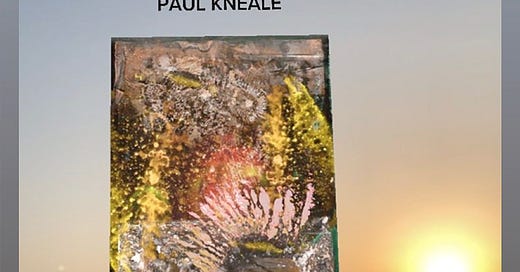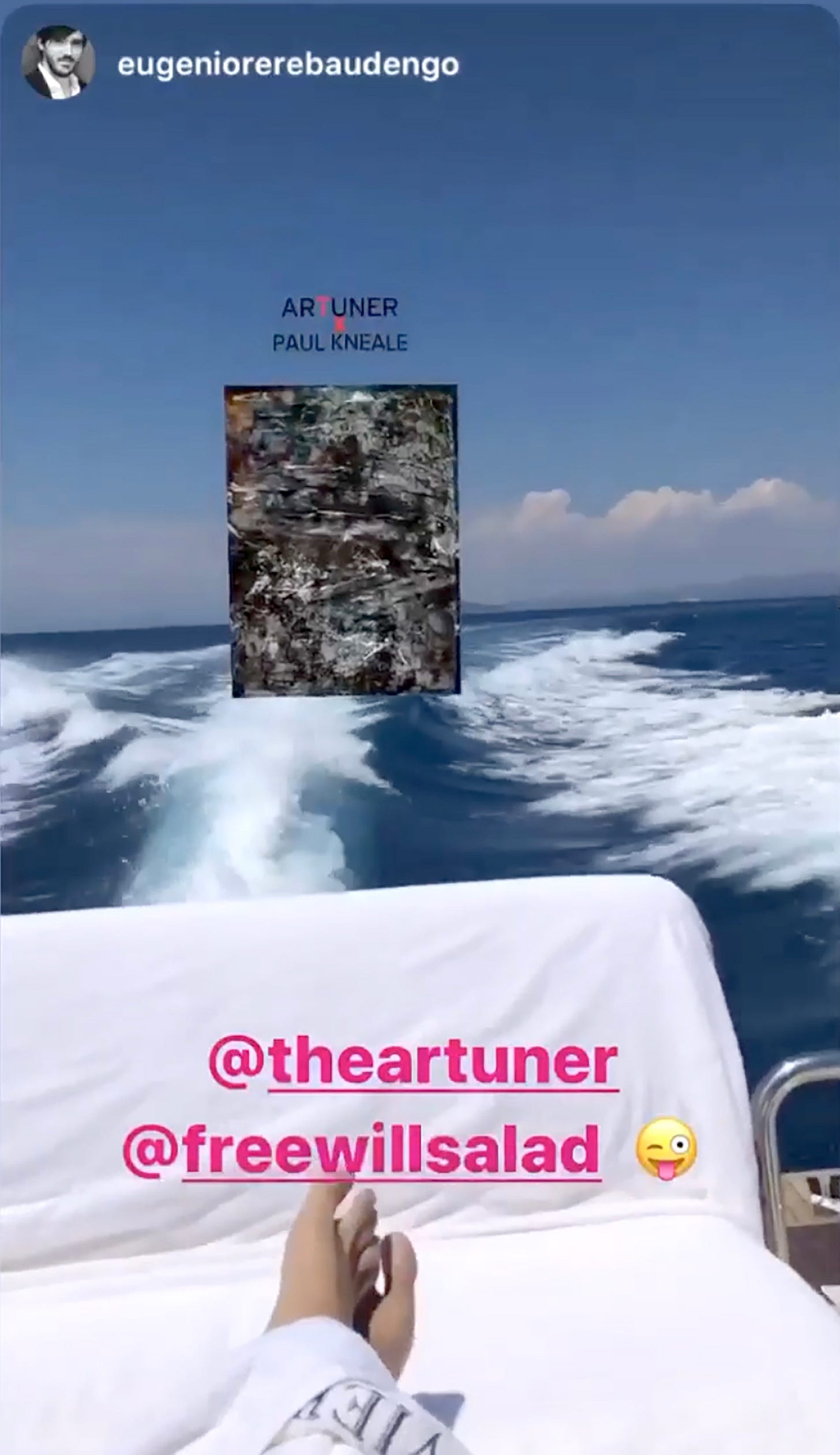The continuing lockdown means that art galleries are closed again. How do you write about art that you can’t see? Does conversation about art become theoretical, nostalgic? I prefer to write about art as I experience it, so in the absence of recent art shows, I thought I would write about the trend of augmented reality art on Instagram.
Following Snapchat’s lead, in 2017 Instagram introduced a basic Rolodex of augmented reality (AR) filters. In August 2019, Instagram began to let users create their own filters and things got more creative. To unlock a filter, you need to follow the creator or otherwise save individual filters to your account. The filters can be sorted into two categories: transforming yourself (in the form of beautifying or zombifying filters) or changing the space around you. Think: a dancing alien in your living room or a piece of art hanging on your wall.
Two notable Canadian artists using AR on Instagram are Jenn E Norton (whose anthropomorphic roses were a highlight of Art Toronto’s programming) and Paul Kneale who translated paintings from his solo show "Recycling" at Glenhyrst into the digital sphere. “I decided to make the AR filter to create engagement with the works, in light of the physical restrictions on right now. It's so hard because the work is really meant to be physically experienced. My paintings are large, and standing in front of one, being physically enveloped by it, is such a different experience than looking at it just a few cm across on your phone,” Kneale said over email. “The AR filter is about an entirely other experience. One that doesn't simulate the gallery experience, but explores the phone experience as its own thing,” he continued. The filter, which was conceptualised and executed by Ludovica Colacino, an artist and writer, can be accessed via @artuner’s Instagram account.
My phone has been a conduit for many experiences during lockdown—the simple act of talking on the phone and connecting is one of the most basic (and rewarding) ways technology allows us to experience connection. But my phone has also allowed me to access more novel experiences: what I would look like with elf ears; what my living room would look like painted pink; playing real-time pictionary with friends; placing art around my apartment via AR. My phone, and the augmented reality it offers, opens my physical space to new possibilities. Most of the time the feeling is fleeting and, to be honest, a bit gimmicky—but who’s to say that’s not exactly what’s needed during lockdown?
The momentary fun of placing art around my apartment is twofold: it allows me a way to experience art, albeit through a mediated lens, as well as changing my surroundings which, after almost a year in lockdown, have become mundane. In short, AR art filters allow me to briefly escape reality.
AR art filters have also been used by art fairs and online selling platforms to place potential purchases in your space, a way to digitally try on a piece of art—introducing an interesting tension between having (in the digital sense) and wanting (the digital begetting the physical). In other words, as fun as these filters can be, AR experiences can also be an extension of art world consumerism.
“I think the filter…open[s] up new possibilities of seeing the work, rather than just stripping it down to a placeless image file,” said Kneale. The reproduction of art on Instagram places art outside the context of the white cube, allowing it to be more easily accessible and fun. The audience who sees it (anyone who watches your Instagram stories) also expands—the art world grows.
AR art filters feel like an extension of people using Instagram earlier in the pandemic to re-make their likeness as fine art paintings. There’s clearly a demand for art, folding it into the motonoty of our daily lives, even if we can’t leave our houses to see it. “I think the lightness of the gesture, inserting it into Instagram—which always feels fundamentally corporate and restricted to me—allowed maybe a more interesting question to emerge about where does art belong? It made me want to figure out how to hang a painting from the sky!” said Kneale.
Are you drawn to use AR art filters? How have you incorporated art into your life during lockdown? Comment below!







fascinating!